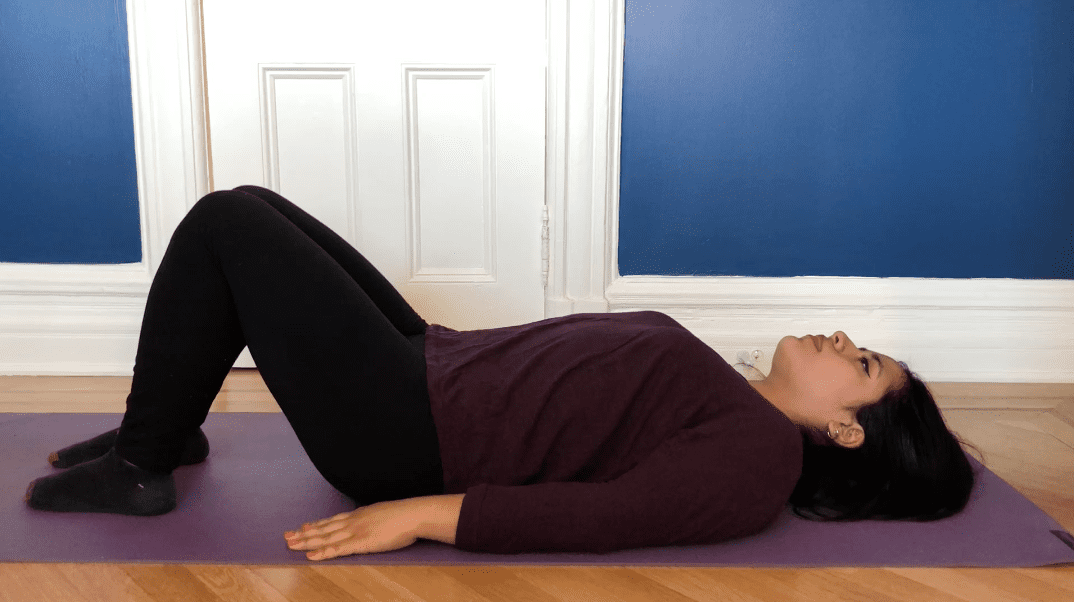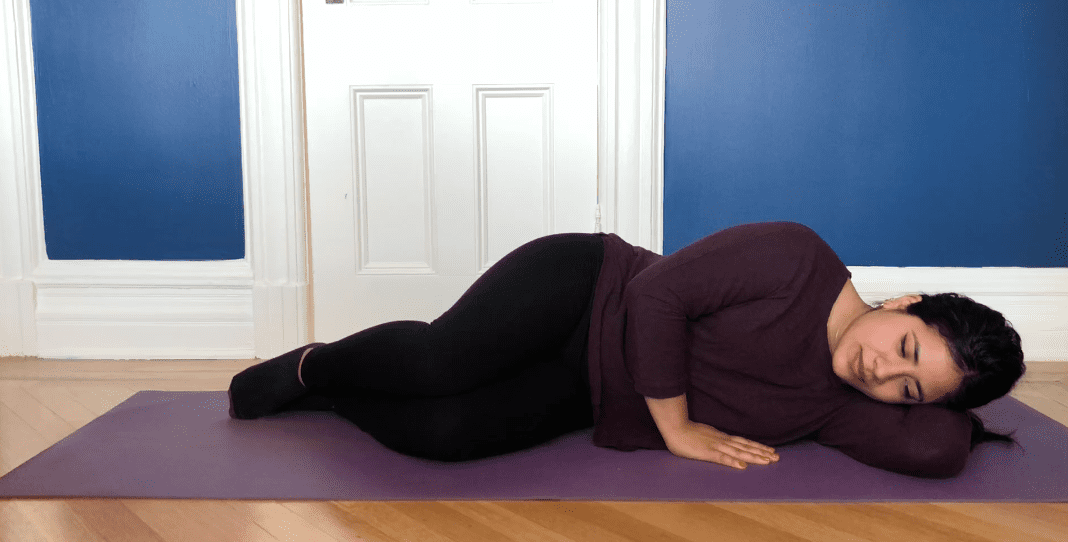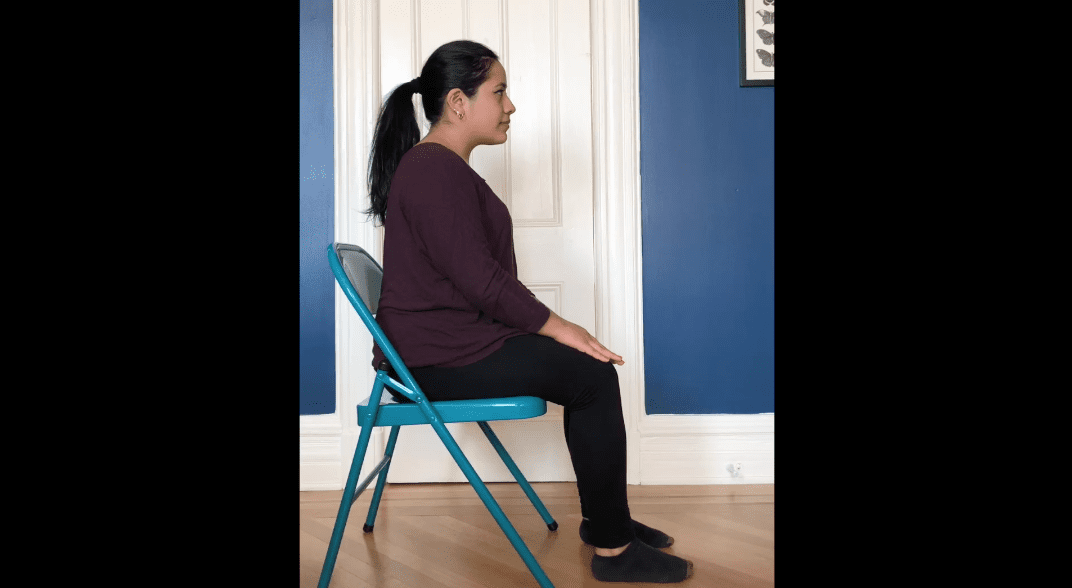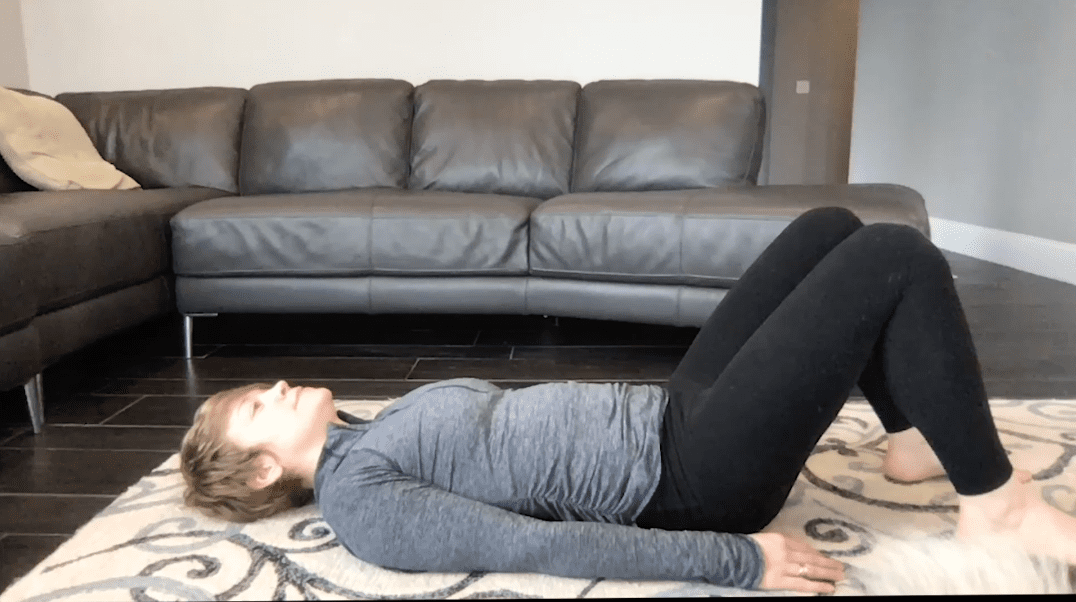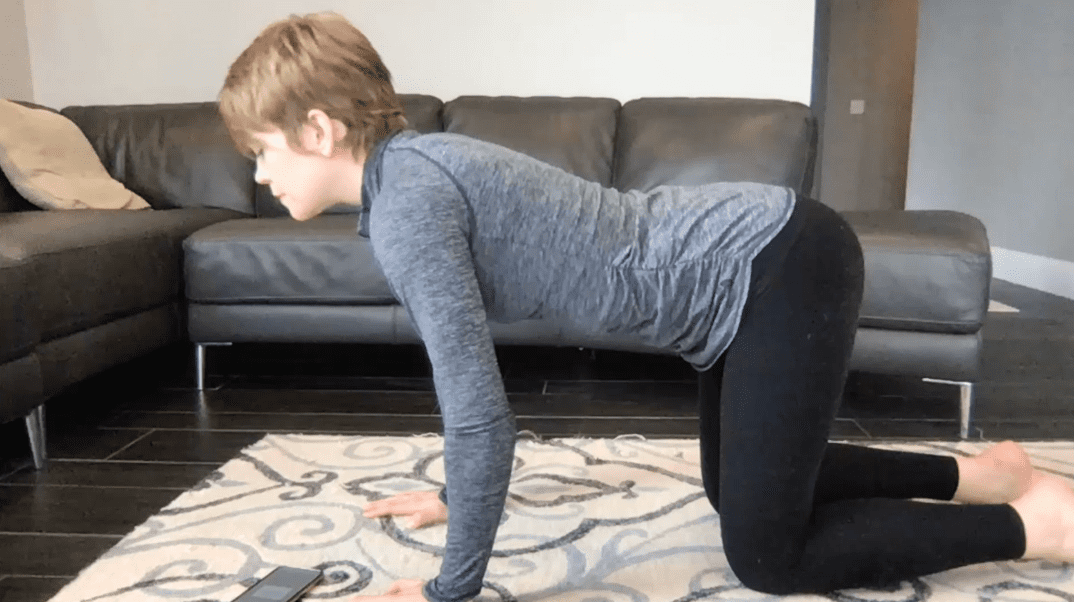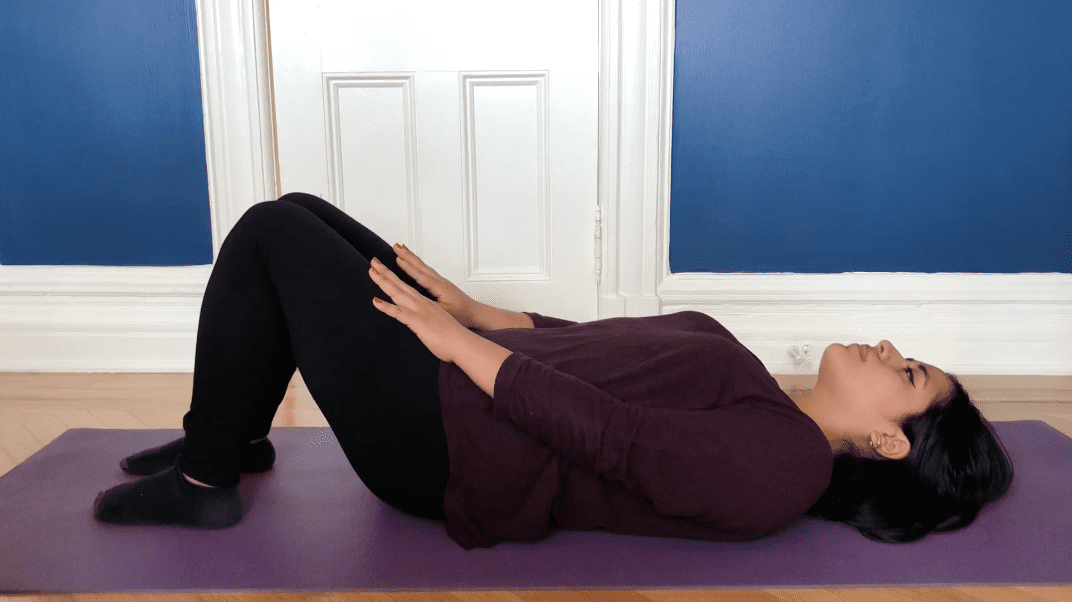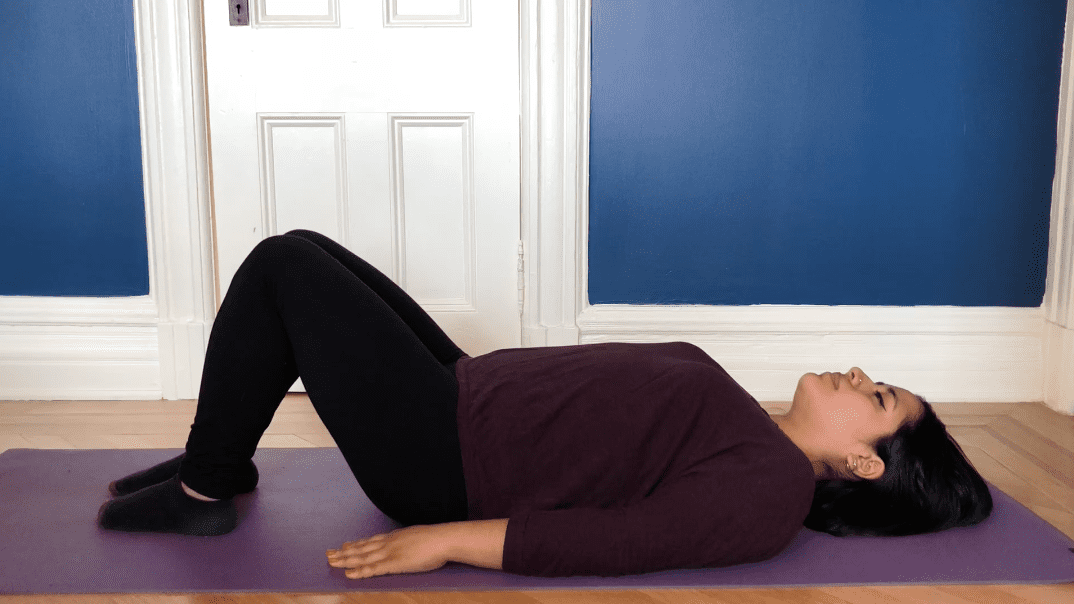Being in pain is difficult – here are some resources and information to help you.
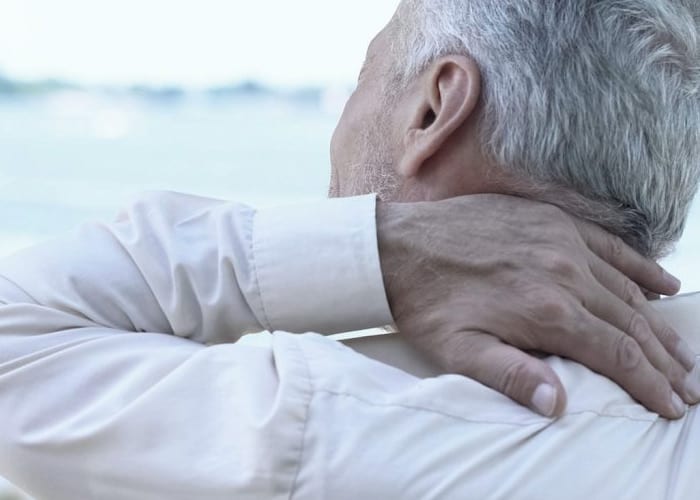
There are a multitude of treatments available for chronic pain, with results varying from person to person. Many people find relief from using a combination of treatment approaches. Below are some muscle-focused treatment modalities that are often administered.
We are not promoting any of these treatments; rather, we are simply discussing the different options people have used to alleviate their pain.
Relaxation, Limbering, Stretching, Strengthening
There are four general types of exercises: relaxation, limbering, stretching, and strengthening.
Relaxation exercises are meant to calm the mind and relax the body. When muscles are tight, the tension and increased pressure can exacerbate pain. One technique is called Progressive Muscle Relaxation where you first tense a muscle and then breathe and release the tension slowly. This is considered active relaxation. Other techniques include deep breathing and guided meditation.
Limbering exercises are ones in which you move within your range of motion, which allows your muscles to gently contract and pull without overdoing it.
Stretching means moving further than your range of motion. Passive stretching means there is an external force helping you while active stretching means you are personally moving without an external force.
For example, using your arms to pull your knee towards your chest would be a passive stretch while lifting your knee and moving it towards your chest without using your arms would be an active stretch. Passive stretching should be done with caution as you can over-stretch muscles, which could cause injury.
Strengthening exercises increase the strength and stamina of your muscles.
Laser Therapy
Laser therapy uses a process called photobiomodulation, a form of light therapy, often used for both acute and chronic pain.
Although the mechanism of treatment is not exactly known, there are a few commonly used hypotheses.
It is believed the laser leads to increased production of adenosine triphosphate (ATP) and also produces nitrous oxide to help reduce inflammation.
ATP is the energy molecule for the body; so increased ATP can help promote growth and nurture healing.
In other words, the application of a therapeutic dose of light to damaged or dysfunctional tissue creates a cellular response that reduces pain and inflammation and speeds healing. Lasers vary based on how much they output energy.
Often, you’ll find lasers that vary in power from 0.5W to 25W. Treatments generally require multiple sessions.
Trigger Points / Muscle Injections - Travell versus Kraus
Muscles can cause pain through prolonged contractions. Spasms are involuntary contractions that can be quite painful. The longer the muscle is held in a contracted state, the more altered it can become.
These involuntary contractions can cause nodules of chemicals (trigger points) that then push on healthy muscle tissue, preventing proper blood flow. Scar tissue can also do the same.
Injections into the nodules and other muscle tissue cause trauma, resulting in an influx of fresh oxygenated blood to flow to the muscle, helping the muscle release and cause a decrease or elimination of pain.
Dr. Janet Travell’s technique, which is more common throughout the medical community, uses a single injection into a muscle or a group of muscle layers to traumatize the area. These injections are often repeated every 3 months.
Dr. Hans Kraus’s technique involves multiple injections throughout the belly of the muscle and into the attachments (where the muscle connects to the bone). These injections are done into one muscle at a time and are rarely re-injected.
Physical Therapy
Physical therapy is not one size fits all. It is targeted to each patient’s specific needs based on assessment of injury, illness, and function. There is a broad spectrum of techniques they use to treat pain, weakness, stiffness, and decreased function.
Some treatments will include gentle repetitions of physical exercises to increase range of motion, strength, stability, and muscle function. Other treatments can include the use of heat, ice, massage, or electrical stimulation.
Medications
There are medications available to help alleviate pain, but often do not eliminate it when used as a singular treatment. They are more effective when used as one component of an interdisciplinary approach.
There are various oral medications used for the treatment and management of muscle pain, such as prescription muscle relaxants and nonsteroidal anti-inflammatory drugs (NSAIDs) which are both used to target the relief of muscle pain.
There are medications that purely target the management of pain, such as prescription pain medications like opiates, and over-the-counter (OTC) options like acetaminophen. Anticonvulsants and antidepressants are medications that target non-muscle related conditions, but have been found to be effective for muscle pain when prescribed off label and taken consistently.
More recently, the use of low-dose Naltrexone (LDN) for treatment of diffuse pain has increased. Topical medications that can be applied to the skin, whether as an ointment, cream, or patch, are also an option, though are less frequently used than oral medications.
Here are some simple exercises that may help limber your muscles and decrease pain. Please do them under the guidance of a healthcare professional and avoid any that cause an increase in pain.
Useful Numbers and Websites
Suicide Hotline : 800-273-8255
Find online therapy with Talkspace at www.talkspace.com
American Psychological Association www.apa.org
National Alliance on Mental Illness www.nami.org or call the NAMI Helpline at 800-950-6264
Online support groups at www.inspire.com
The American Chronic Pain Association (The ACPA) https://www.theacpa.org
American Academy of Pain Medicine https://painmed.org
International Association for the Study of Pain (IASP) https://www.iasp-pain.org
Pain Action https://www.painaction.com
US Pain Foundation https://uspainfoundation.org
For information on medications, herbs and supplements https://medlineplus.gov/druginformation.html



